- Joined
- Jan 17, 2024
- Messages
- 462
- Reaction score
- 427
- Location
- Cronulla, NSW, Australia
- Can others edit my Photos
- Photos NOT OK to edit
With the advancements in AI denoise and for those who use it, how do you feel about noise in general compared to the way you felt only a handful of years ago before this type of software was available?
Obviously within reason, but is sensor noise mostly a concern of the past now?
Obviously within reason, but is sensor noise mostly a concern of the past now?


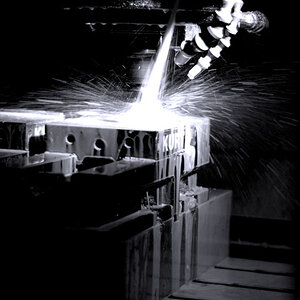
![[No title]](/data/xfmg/thumbnail/31/31033-d583468208439e9103b8a87a7eccb965.jpg?1619734580)
![[No title]](/data/xfmg/thumbnail/41/41930-3f8741ecabbbfd4d67ade3e339078814.jpg?1619739946)
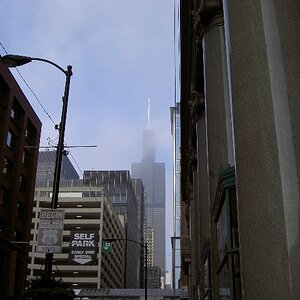
![[No title]](/data/xfmg/thumbnail/31/31045-f4eb92f5d5eaca89ec5966763eea2dae.jpg?1619734585)
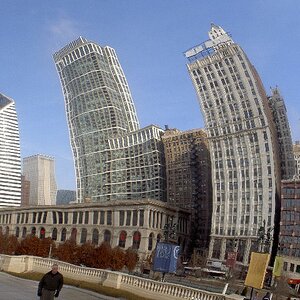
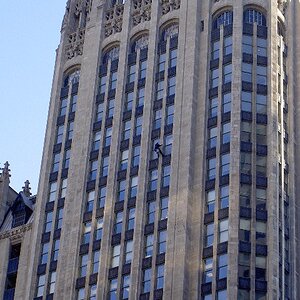
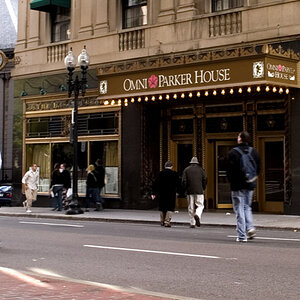
![[No title]](/data/xfmg/thumbnail/41/41931-485b5f9a9f3736e9ed9d96ecdf639921.jpg?1619739946)
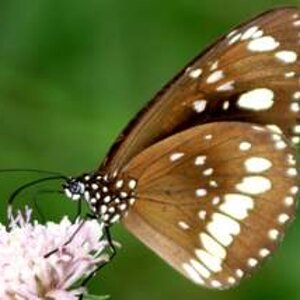
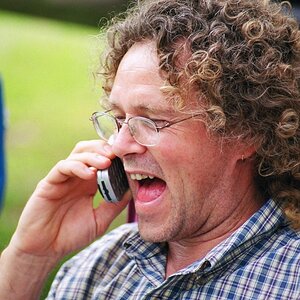
![[No title]](/data/xfmg/thumbnail/31/31044-cebde226a125a2fa016319847d0b37ed.jpg?1619734585)